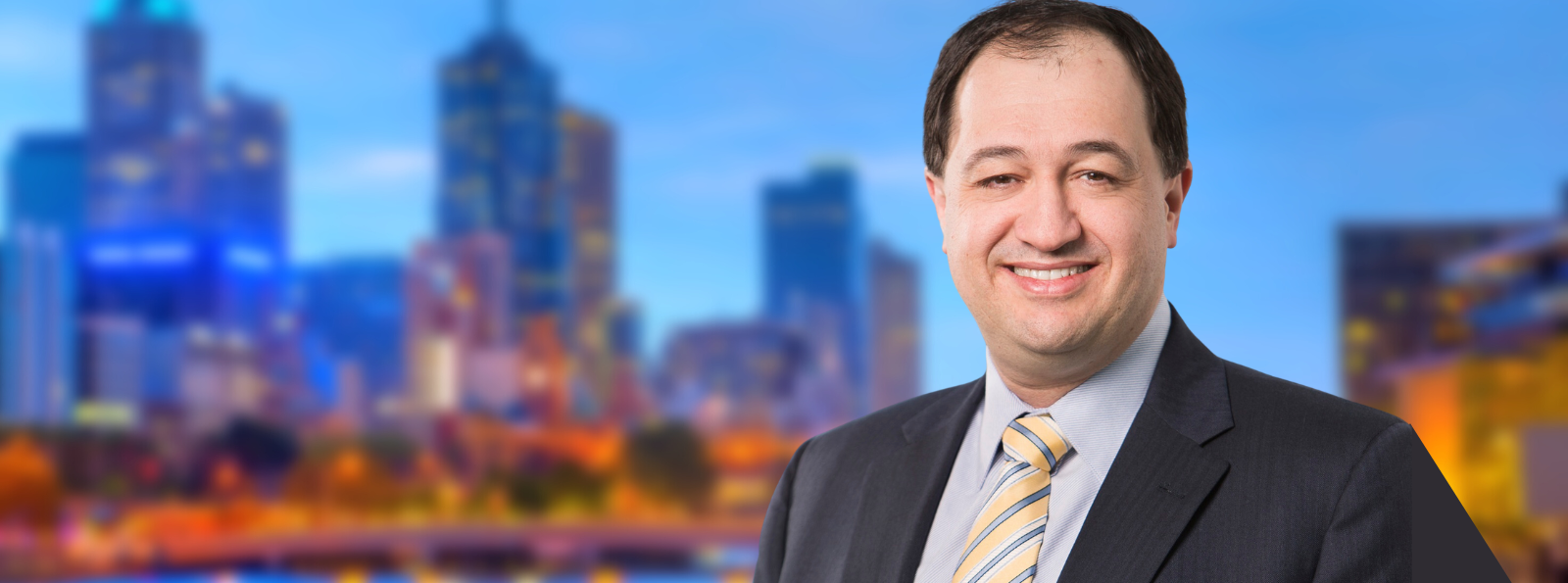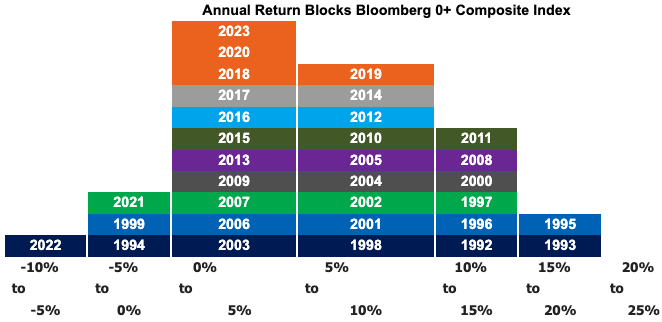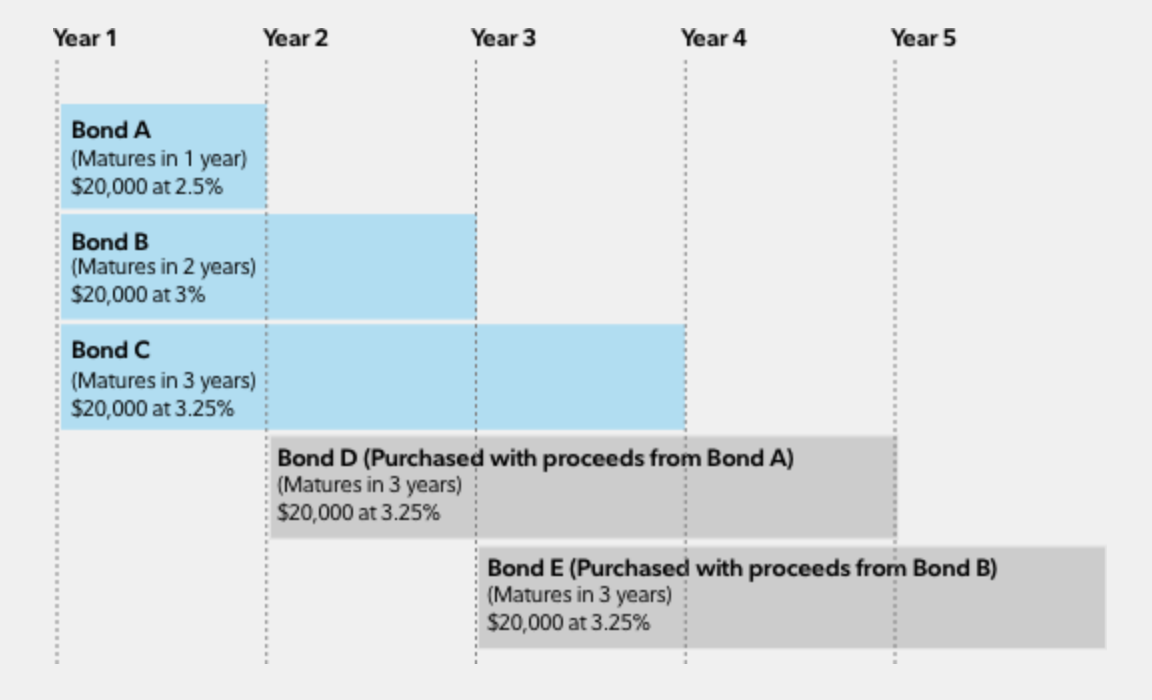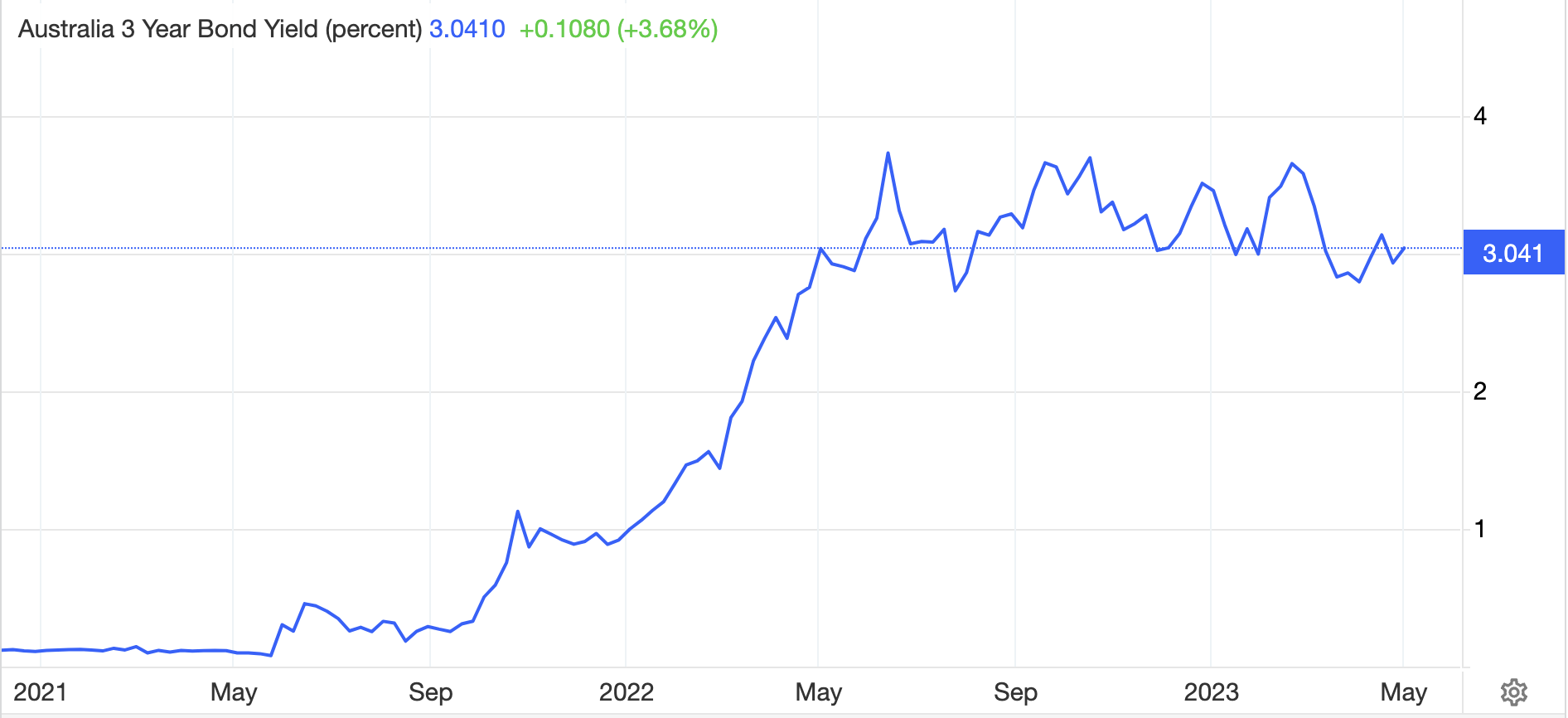Why the income is back in fixed income (and is here to stay)
When Paul Volcker was the Chair of the US Federal Reserve in 1982, the US 10-year yield fetched 15.8% while an Australian 10-year yield peaked at around 16.4%.
Since then, rates have steadily decreased for 40 years. And while prices and yields are subject to fluctuations just like in any other asset class, they rarely move like they did last year when values on US Government Treasuries fell by more than 17.0% in just 12 months. It's a move that Darren Langer of Yarra Capital Management attributes to "panic" and a "complete risk-off phase".
So far, 2023 has turned out to be a much more mellow year and as more rates traders price in the end of hikes, the prices of bonds are also inching back higher.
But the big question is - can the rally last (especially in the face of the RBA's latest hike and the openness to more)? History suggests it can, especially if the global economy goes into a recession or low-growth period.
Recently, I sat down with Langer to discuss the state of the bond market and how he is preparing client portfolios for whatever comes next.
.png)
Will the recovery last?
From its pandemic low, the Australian 10-year yield has shot up 280 basis points (translation: a lot!). And unlike conventional market cycles, 2022 actually proved to be a bigger year for losses than 2021. In previous cycles, a year of losses in the bond markets is generally followed by erasures of those losses.

But it's been so far so good in 2023, and Langer thinks that can continue.
"Rates markets are starting to normalise to what would be a long-run yield, which is about 5%," he added.
"If you are getting 3.5-4% on a government bond rate and add a couple of percent to take on some credit risk, it's not a bad universe for income investors versus equity dividend yields of 6-7% on average," he said. "The gap is not as big as what it had been."
Langer's optimism is warranted. Generally, the second part of a bond bull market starts when interest rates start to come down. The ASX OIS rates curve currently suggests rates traders believe we will see 35 basis points worth of cuts by September 2024. So where does Langer stand on that debate? Well, they should have stopped last year for a start. But now the hikes have continued...
"We don't see rate cuts happening until the early part of next year - maybe the end of this year but not immediately," Langer said. "Most central banks tend to overcook their rate hiking cycles."
What if a recession never comes?
The global economy is never a uniform beast. While the US and most of Europe are predicted to enter downturns, economists are not expecting a recession in Australia due to our ultra-tight labour market and the fact there is no inverted yield curve in our local bond market.
But it's also true that downturns are normally the best periods for fixed income returns.
"Usually, the two years after the peak in a rate hiking cycle are the best returns in bond markets. This year has so far not proven to be any different," he said. He adds that 2024 will likely be a continuation of 2023 (albeit coming back from the huge falls seen in 2022).
Yarra's "bond ladder"
When it comes to portfolio composition, equities managers and bond managers are two very different beasts. For equity market investors, the aim is to get the composition between specific stocks, sectors, regions, and cash reserves as close to perfect as one can get. But in the bond market, the aim is to play the so-called "ladder".

Bond “ladders" are all about picking the right assets from a maturity, geography, and instrument perspective. It's not just about knowing what kind of bond will outperform but also which region and, most importantly, whether the bond should mature relatively soon (short-dated) or in many years (long-dated).
With that in mind, Langer shared with me all the "levers" his fund is pulling to generate outperformance.
"We've added back a lot of spread product (corporate and semi-government spreads) into our portfolios where we had almost nothing towards the back end of 2022," Langer noted, while adding that spread returns for short-dated (maturities of under five years) corporate credit are at their best levels since 2008.
"We also had some inflation-linked bonds in our portfolio, principally because they were offering outstanding value relative to government bonds. Now that we're seeing a more normal inflation profile, we're taking a lot out,” he said.
In the traditional government bond space, Langer is using a 4% yield as a benchmark for attractiveness (the higher the yield, the more attractive the opportunity).

Langer has also been investing primarily in the short end of the market (3 years and below) as that area is more sensitive to individual cash rate moves. The fund has also recently added some semi-government bonds (state-issued bonds, as supposed to Commonwealth or Federal products) with maturities in the belly of the curve (10-12 years).
In comparison to three years ago, Langer says the portfolio's composition wasn't all that different, but the maturity profile certainly was.
"Back then we were looking for opportunities that would do well in an environment where people could spend money without leaving their home. But mostly, it was about being long rates because we knew they would ease quite aggressively," Langer said.
"In late 2021-2022 there wasn’t a lot of opportunity with rates at zero and spreads very tight also. Like most investors, we probably missed the best opportunity at that time to get short given the messy way the RBA ended yield curve control.”
A final word
For a final question, I asked Langer for his thoughts on the types of investors now considering exposure to bonds. What would he say to anyone who has never invested in the bond market but may be looking to get in now? And conversely, what would he say to people who have had an allocation but were burned by the experience of 2021/2022?
This is Langer's response:
"What do you own fixed income for? There are two main kinds of investors. One is the investor who uses it as a way to dampen equity risk in their portfolio. In that case, nothing has changed and bonds still do that job. There were periods during the last year where the correlation all went to one and everything gets hurt together. But that's just life. I think looking forward, that relationship will come back and it's just about risk tolerance, but they will do their job in that respect.
“The other reason you want to own bonds is for income. It comes down to how much risk you are willing to take. Some people are quite comfortable in term deposits because they get complete certainty. Other people are quite happy to invest in more credit-focused products. Over the long run, the experience will be a little bumpier but returns have been pretty good over a long period of time and with minimal chance of loss. Fixed income as an investment tool is still an excellent place to be – but not all fixed income is the same."

3 topics
1 fund mentioned
1 contributor mentioned


